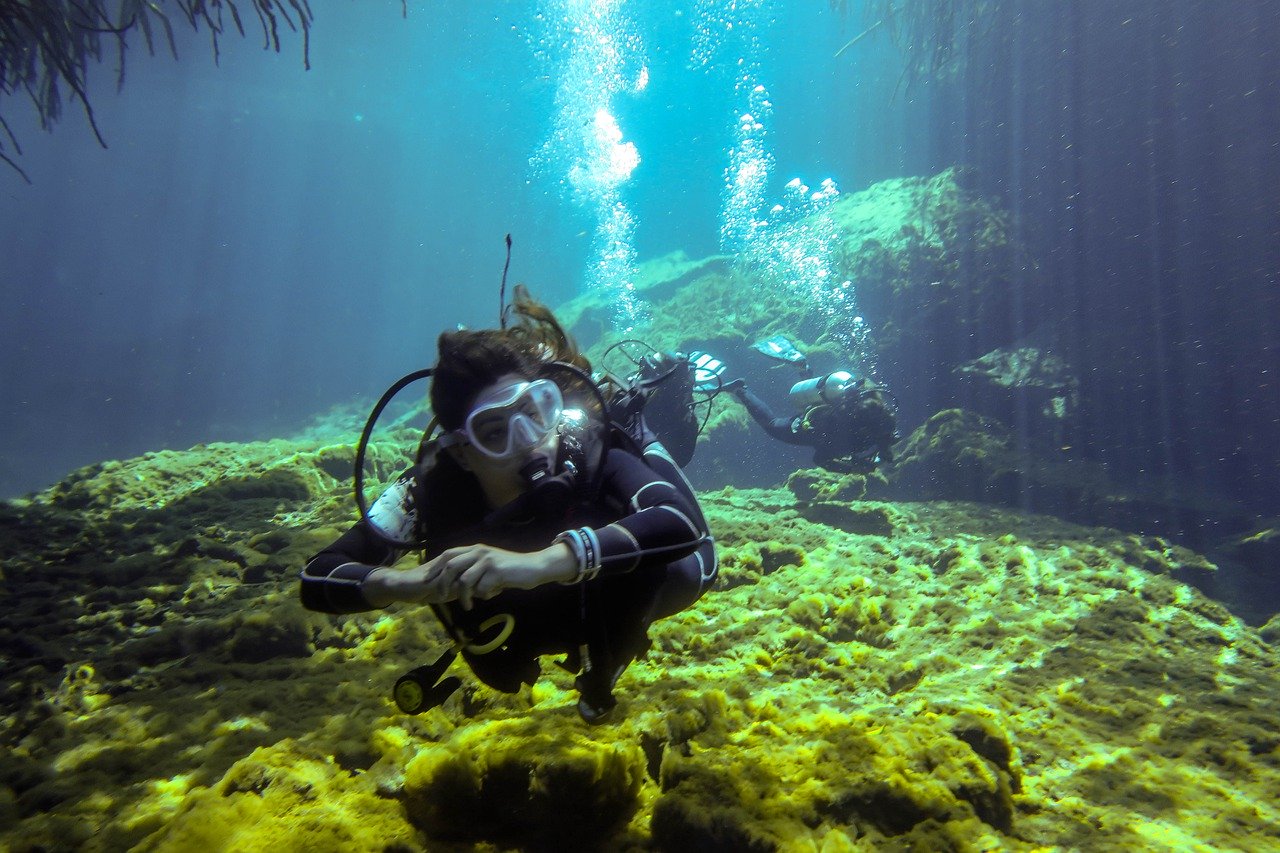A cenote is a natural pit. They are natural sinkholes. In the Yucatan Peninsula of Mexico, the Central American nation, we can see a lot of cenotes. Yucatan Peninsula, a low, flat land with almost no surface streams or rivers. The physical structure is a sign of the geological past of the region. Thousands of years ago, the Yucatan Peninsula was a coral reef in the bottom of the sea. While there is little surface water today, the Yucatan is currently home to three of the most extended subterranean water networks in the world. Cenotes form due to the collapse of the limestone bedrock. When the upper surface fails to stand, the crystal clear groundwater below the limestone bedrock rises from below. As a result, the cenotes form.
For many years, these cenotes, spread all over the Yucatan Peninsula, have become popular scuba diving spots for divers. These caverns made by nature are the dreams of every diver. Approximately 6000 cenotes are present in this Latin American destination. These cenotes offer some of the most beautiful waterways in the world for scuba divers. Therefore, we have made a list of tips for scuba diving in cenotes for all the scuba divers who want to witness this surreal experience. Continue Reading


